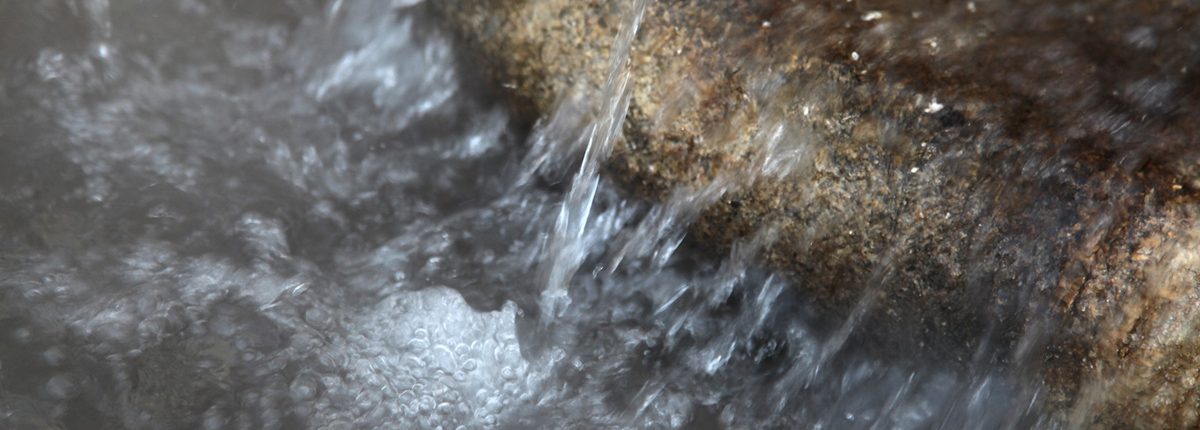
Thermal Waters: Science and Legend
The presence of thermal springs has always fascinated the human being, who for centuries has invented legends and myths to explain this phenomenon.
The abundant presence of hot springs in Ourense is a fact that has always influenced the life and configuration of the city, being for centuries the origin of legends and myths with which our ancestors tried to explain the reason for hot water flowing from the underground.
At present, geological studies estimate there are more than 70 thermal springs in Ourense, with a flow of more than three million litres per day, an amount that is only exceeded by Budapest in Europe. This phenomenon is due to the granitic composition of the soil, full of fractures through which rainwater is filtered down to several kilometres deep. It is down there where the water warms up, and then, as it flows back to the surface through sets of pressures, it acquires the mineral properties of these rocks.
Be that as it may, it took centuries of science to reach this conclusion, and tradition has been lavish in original explanations, especially for the springs of As Burgas, known and exploited from ancient times. There was talk of a volcano under the nearby mountain of Montealegre, which would one day be exploded by the devil, taking the city with it. Or that the springs came from the feet of the Holy Christ, in the Cathedral, a fact that would “explain” their therapeutic benefits.
In fact, the holy character of the waters from As Burgas has been a constant in history, and is maintained in a certain way, as recalls the niche with the Virgin of O Posío that is located nowadays in its gardens. The first Roman altar found in the area in the 19th century confirmed the cult of the nymphs from the springs. The following excavations, as early as the 20th century, would expand the spectrum by presenting the name Revve Anabaraego, a pre-Roman deity to which, before the nymphs, numerous altars were also devoted. Nowadays, the remains of the sanctuary-pool built in its honour in the 1st century AD can be visited in this area, a proof that during Roman occupation this was a central space of worship whose fame crossed the limits of the settlement.
It is likely that the springs that appear in the shores of river Minho have also been the object of stories and legends, although there is hardly any record of them. Nevertheless, the name of Ana Manana, a fantastic being with the appearance of a woman of great beauty who lived in the sources of the well of Maimón, in front of the thermal area of Outariz, has remained in the memory.
